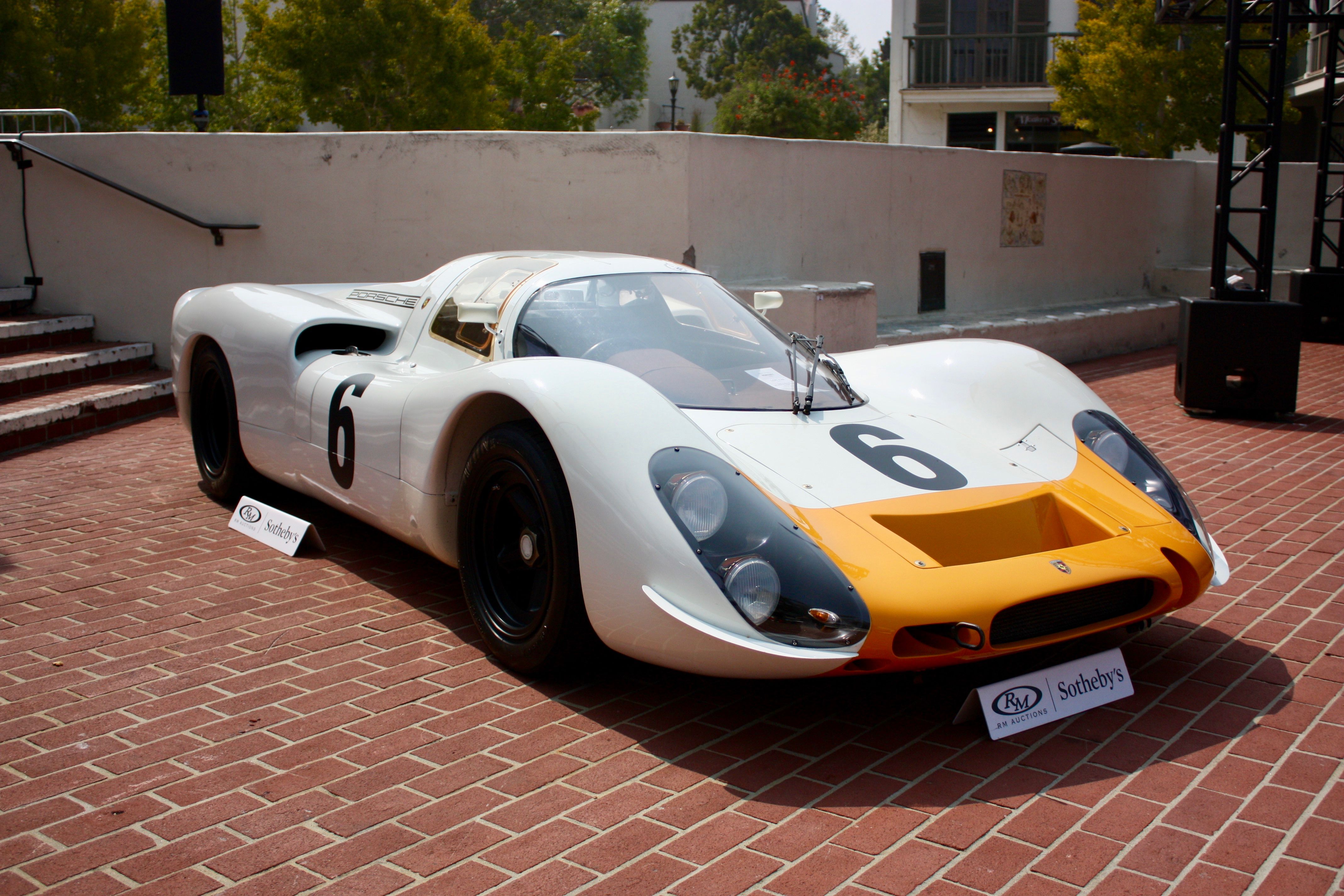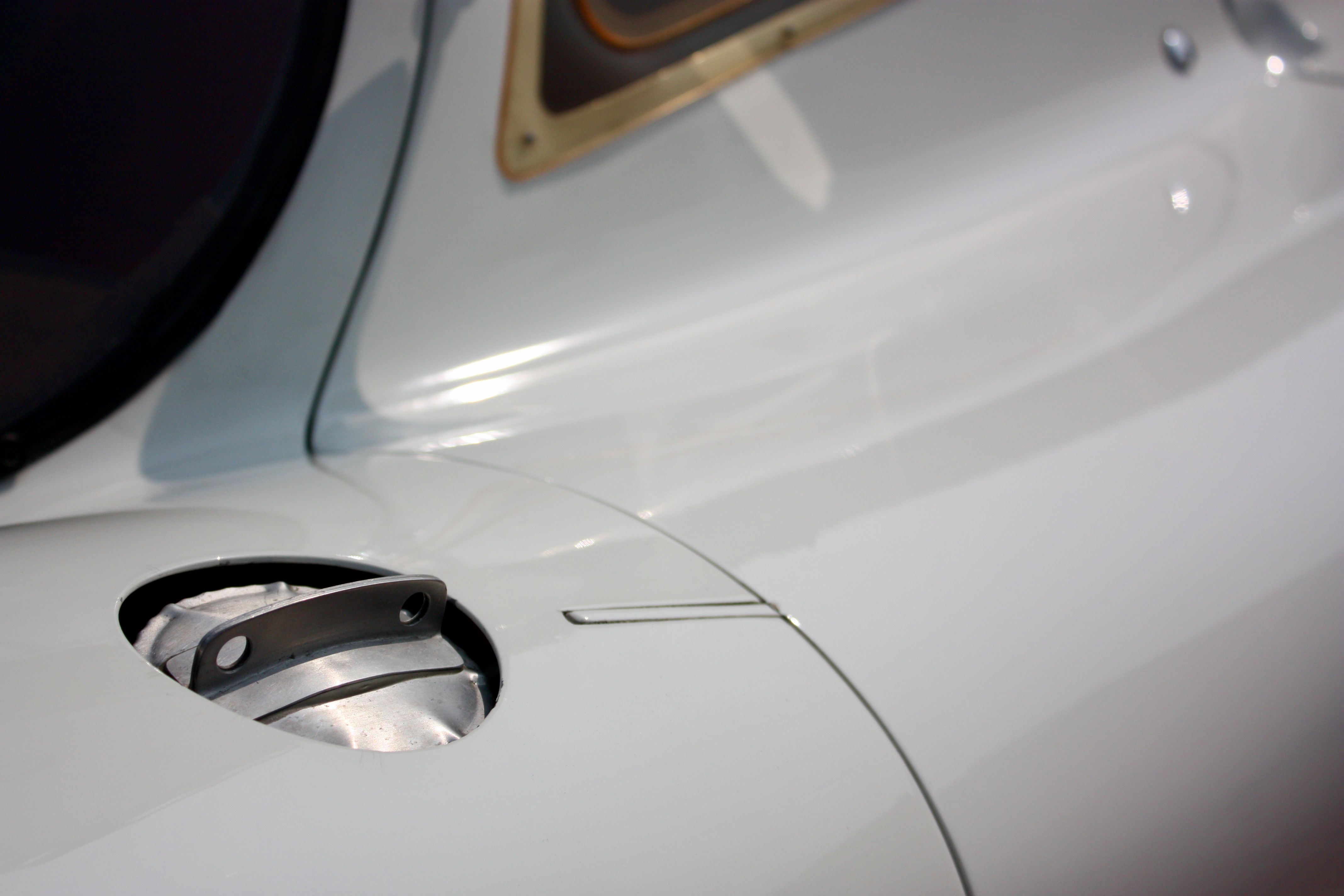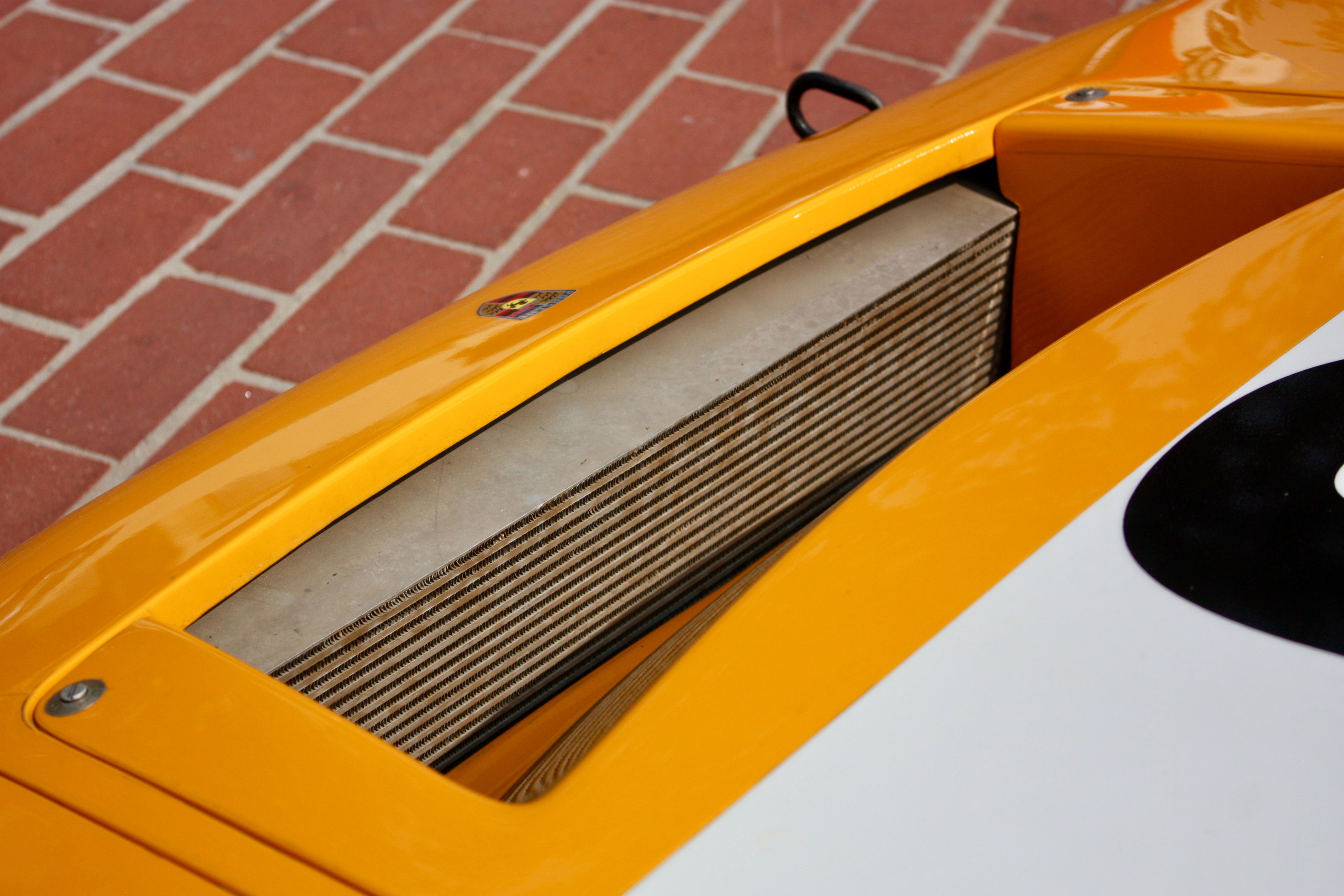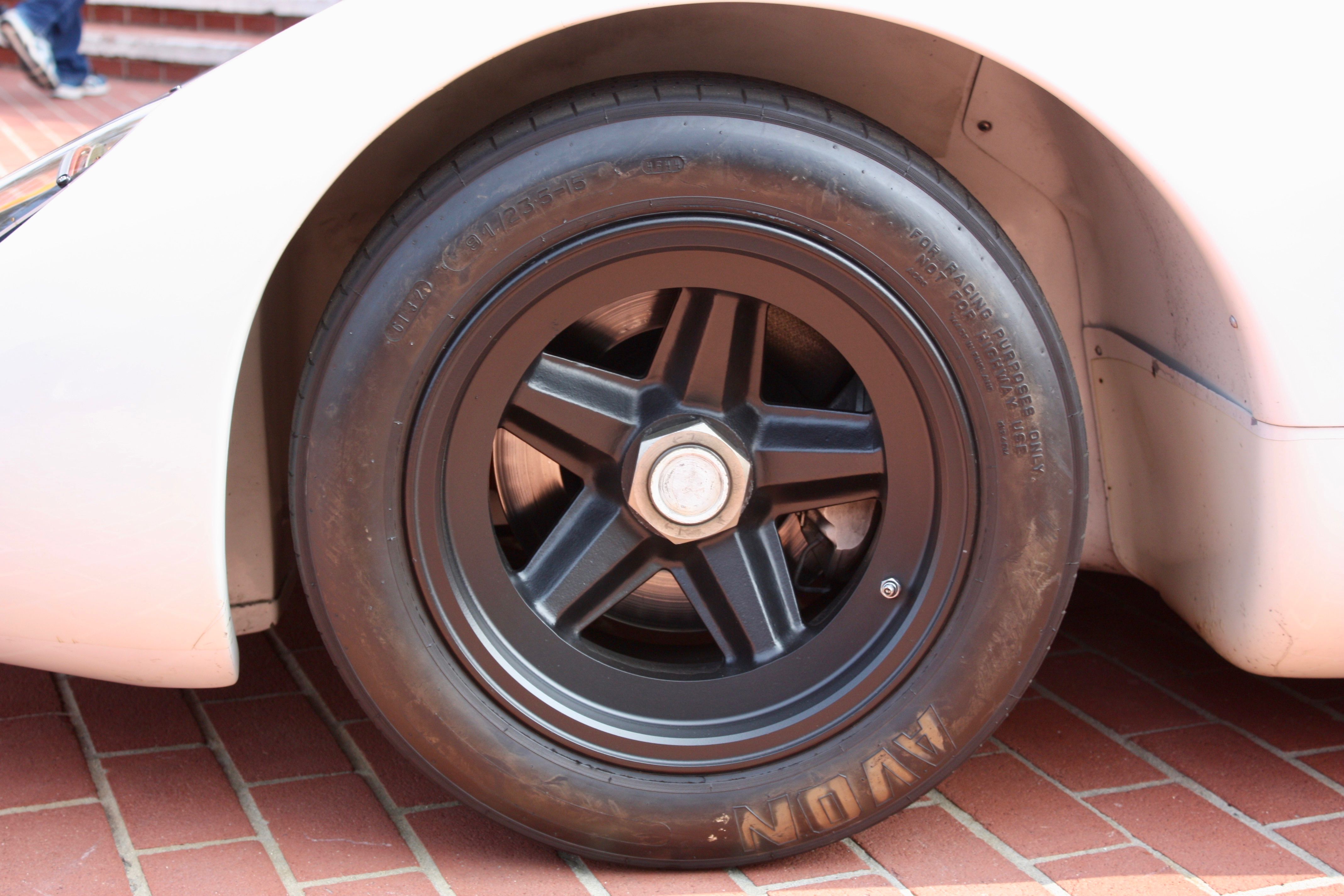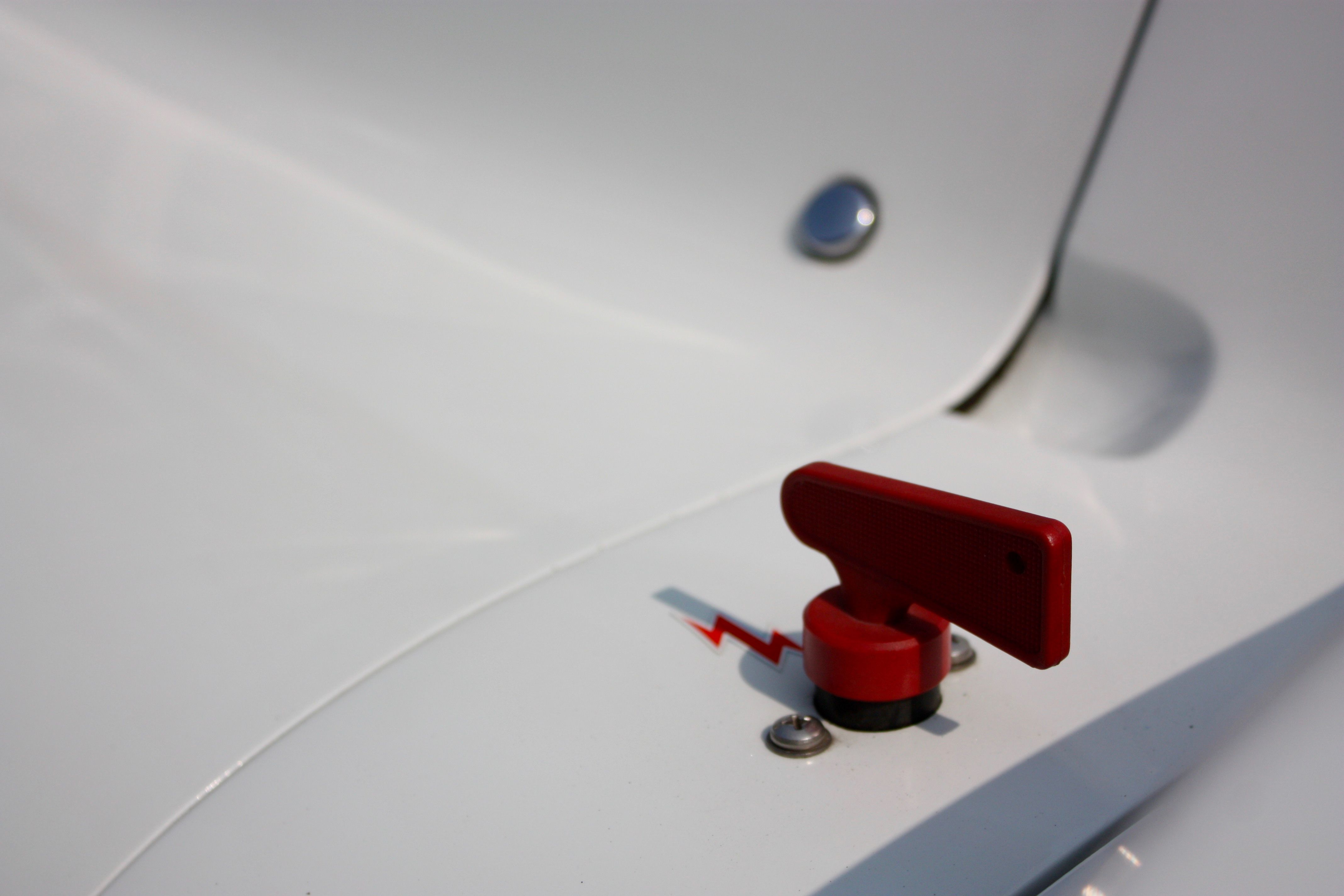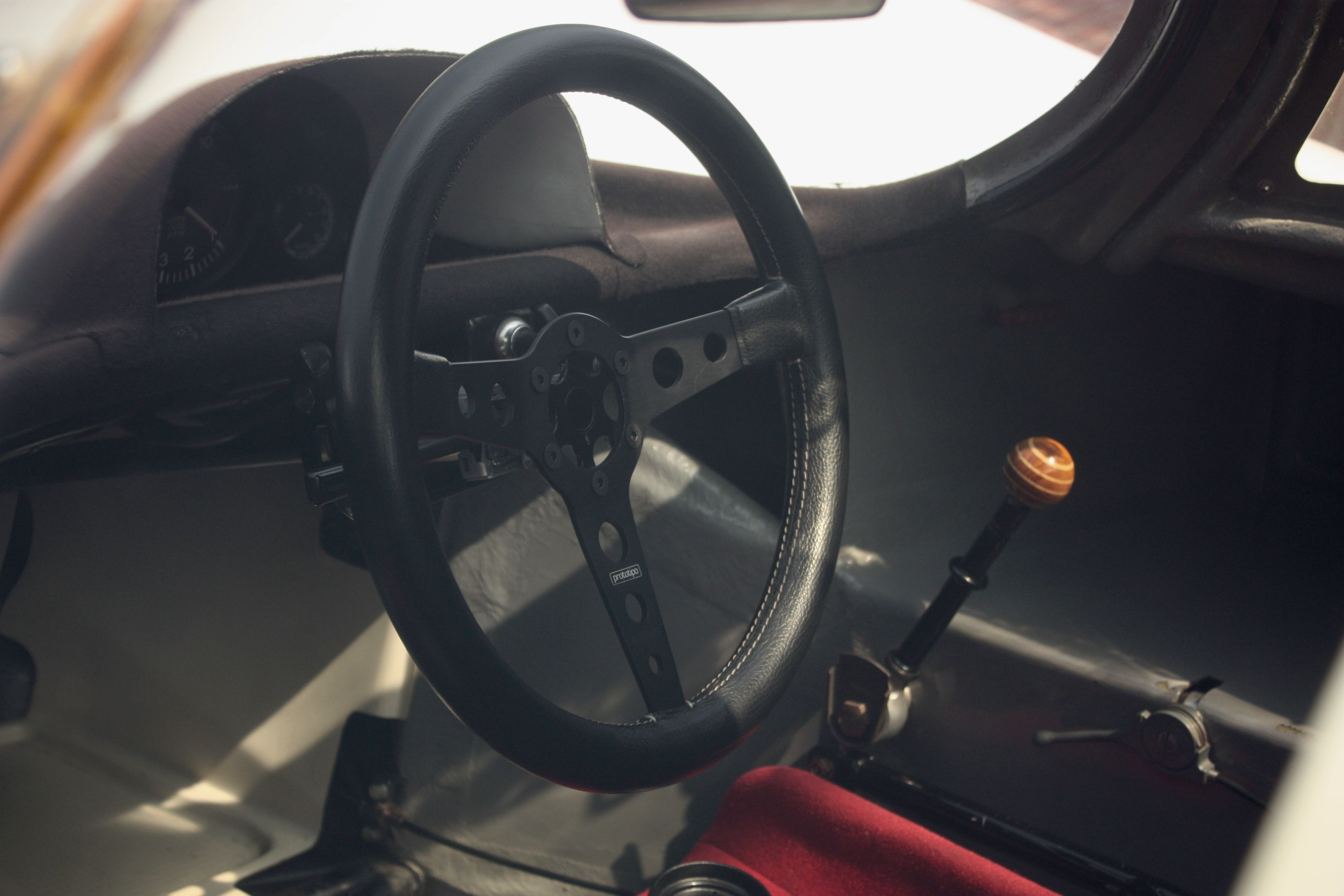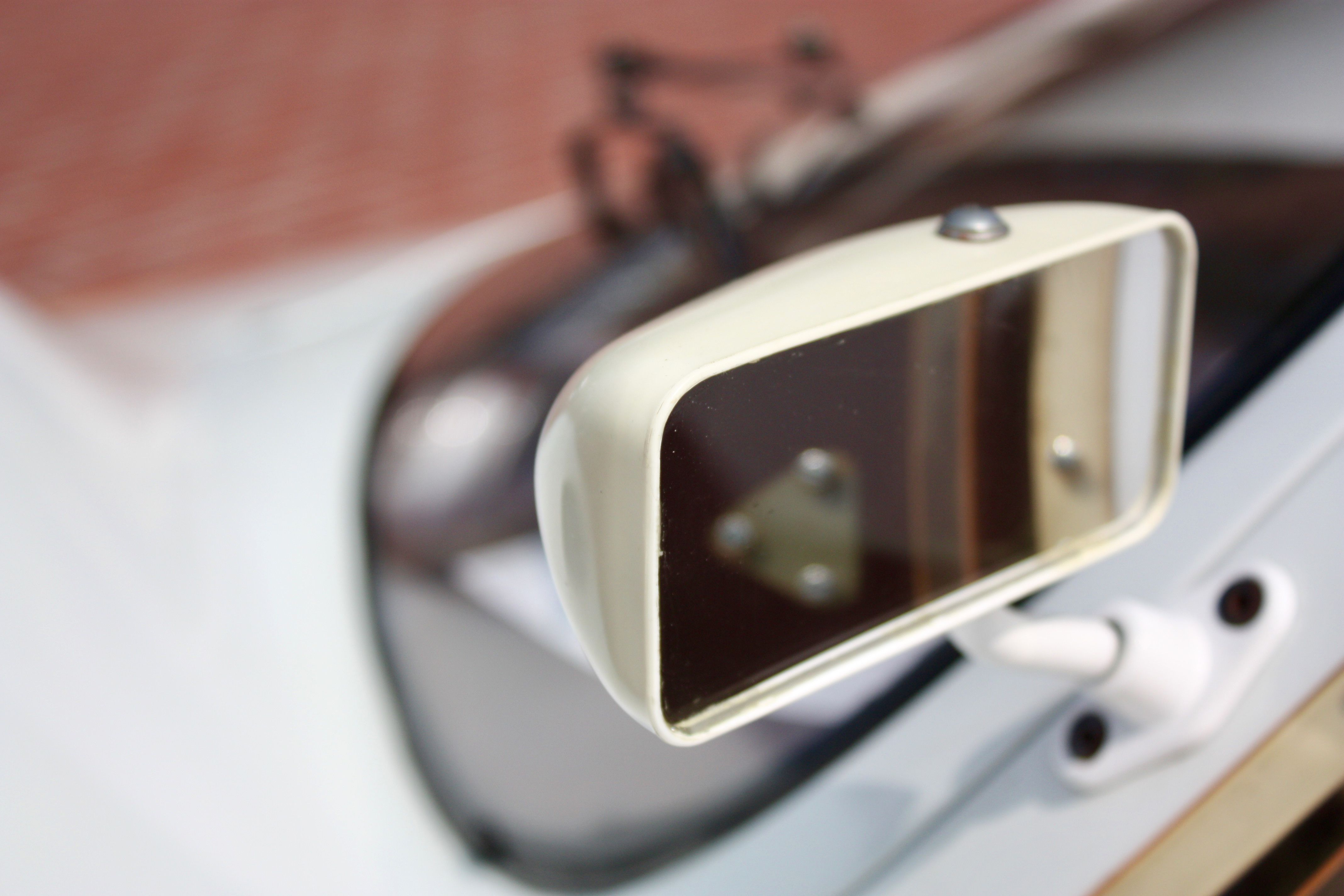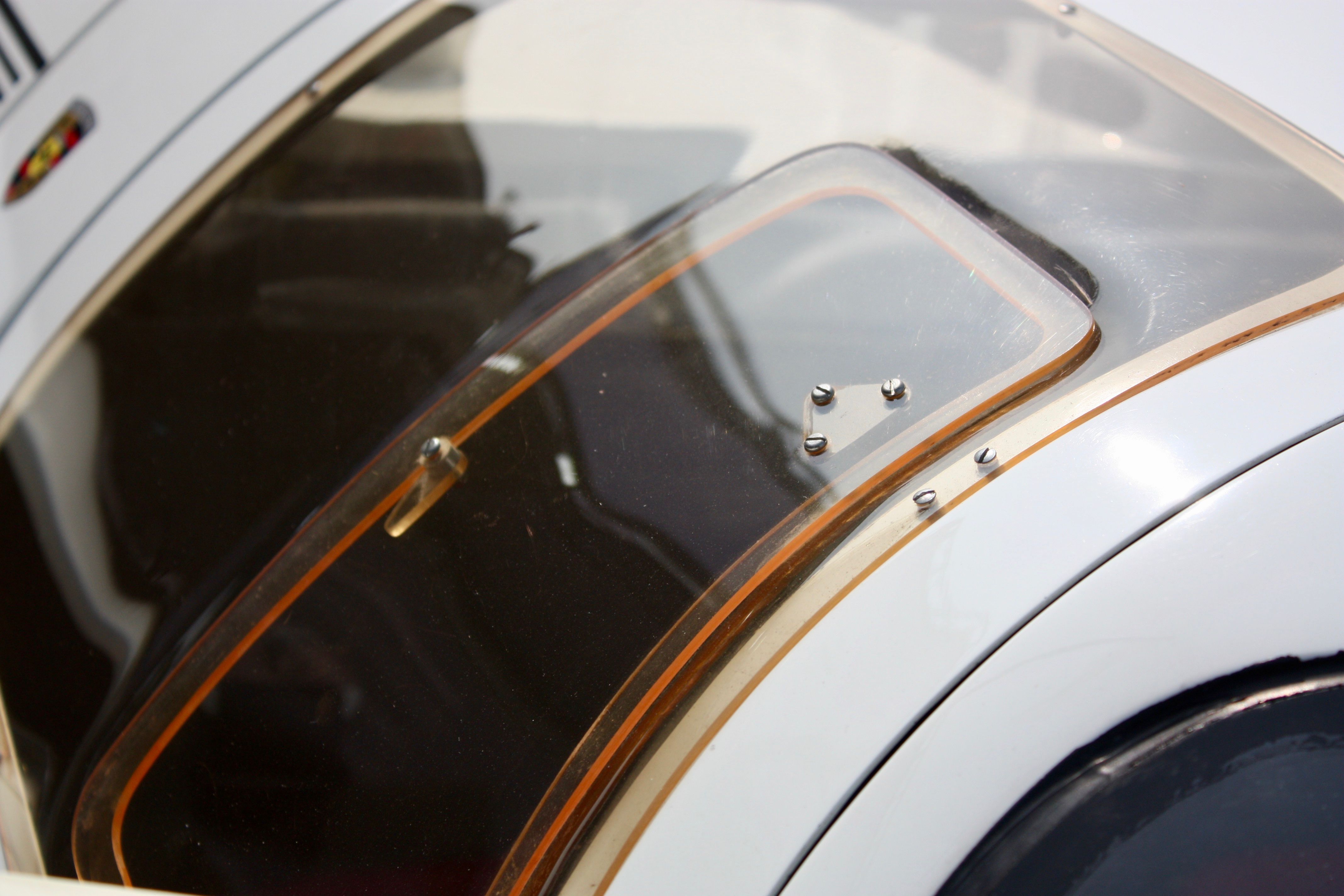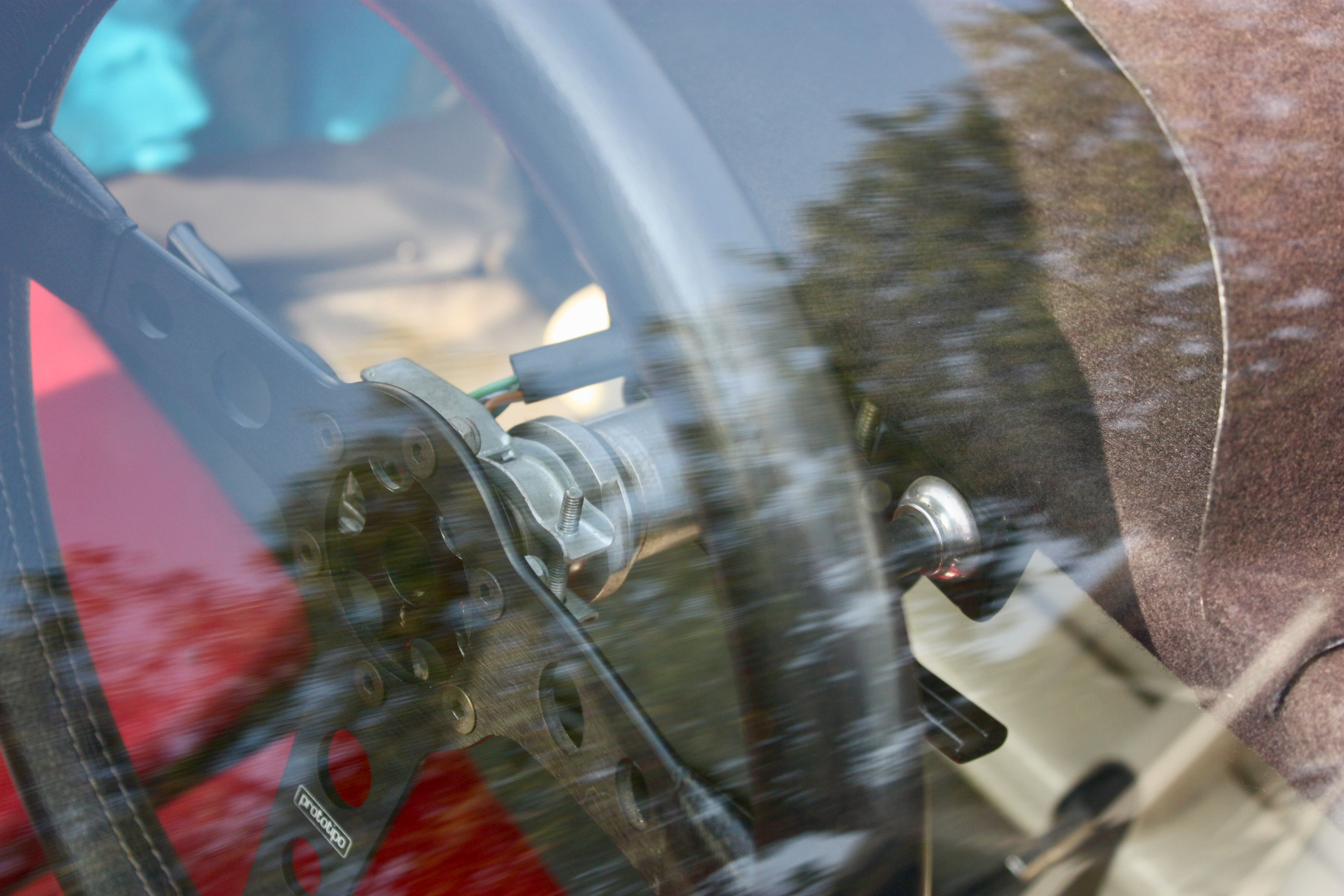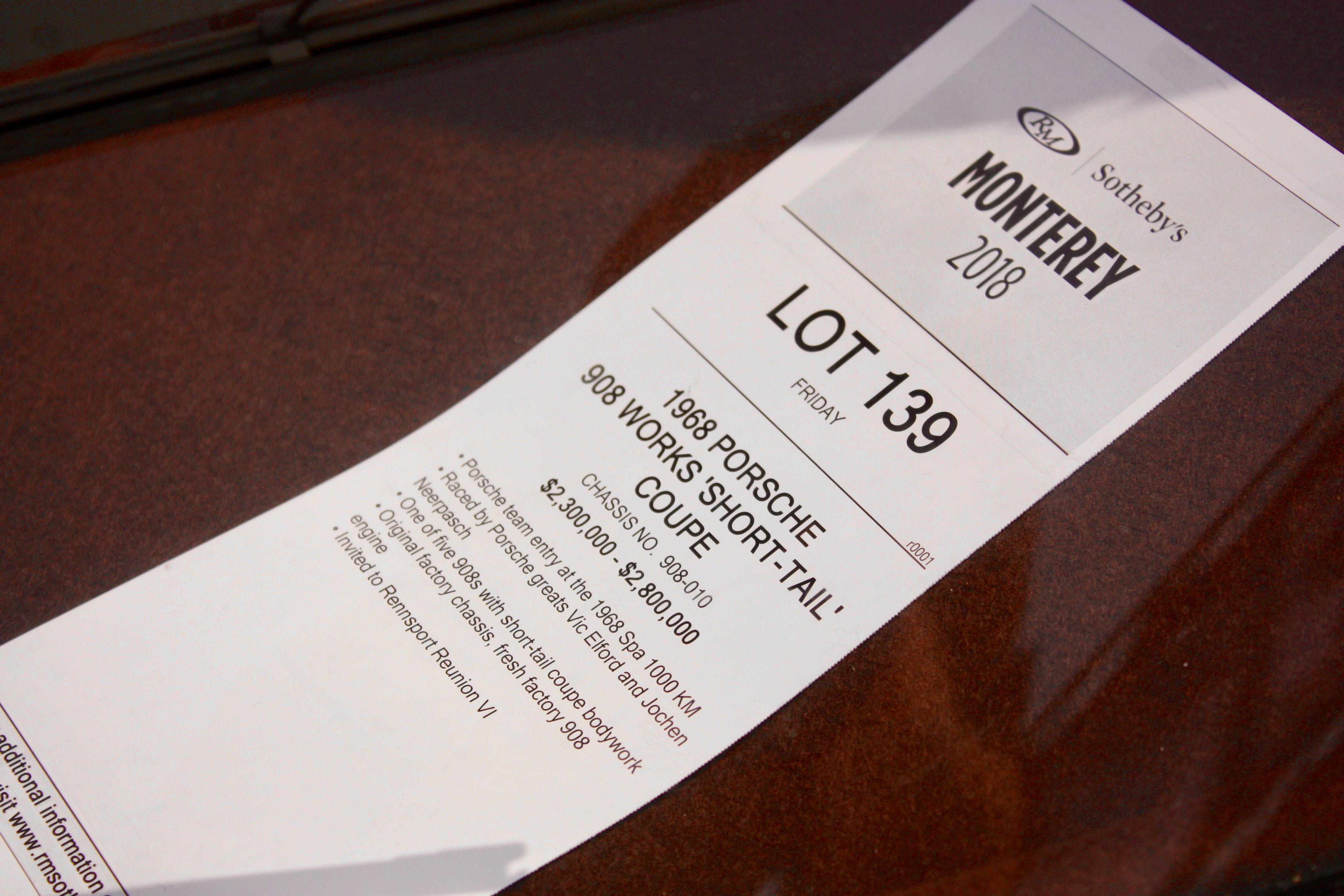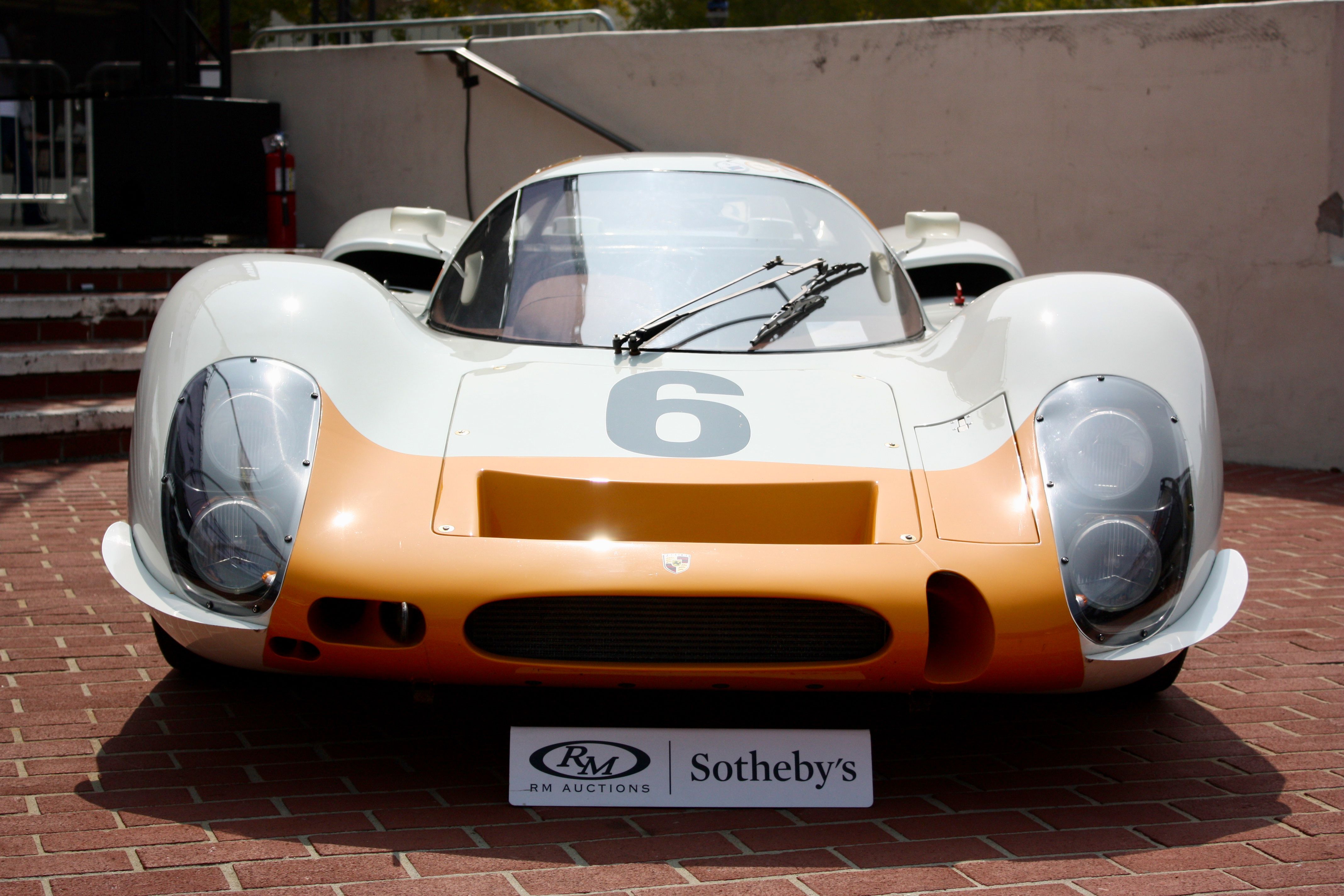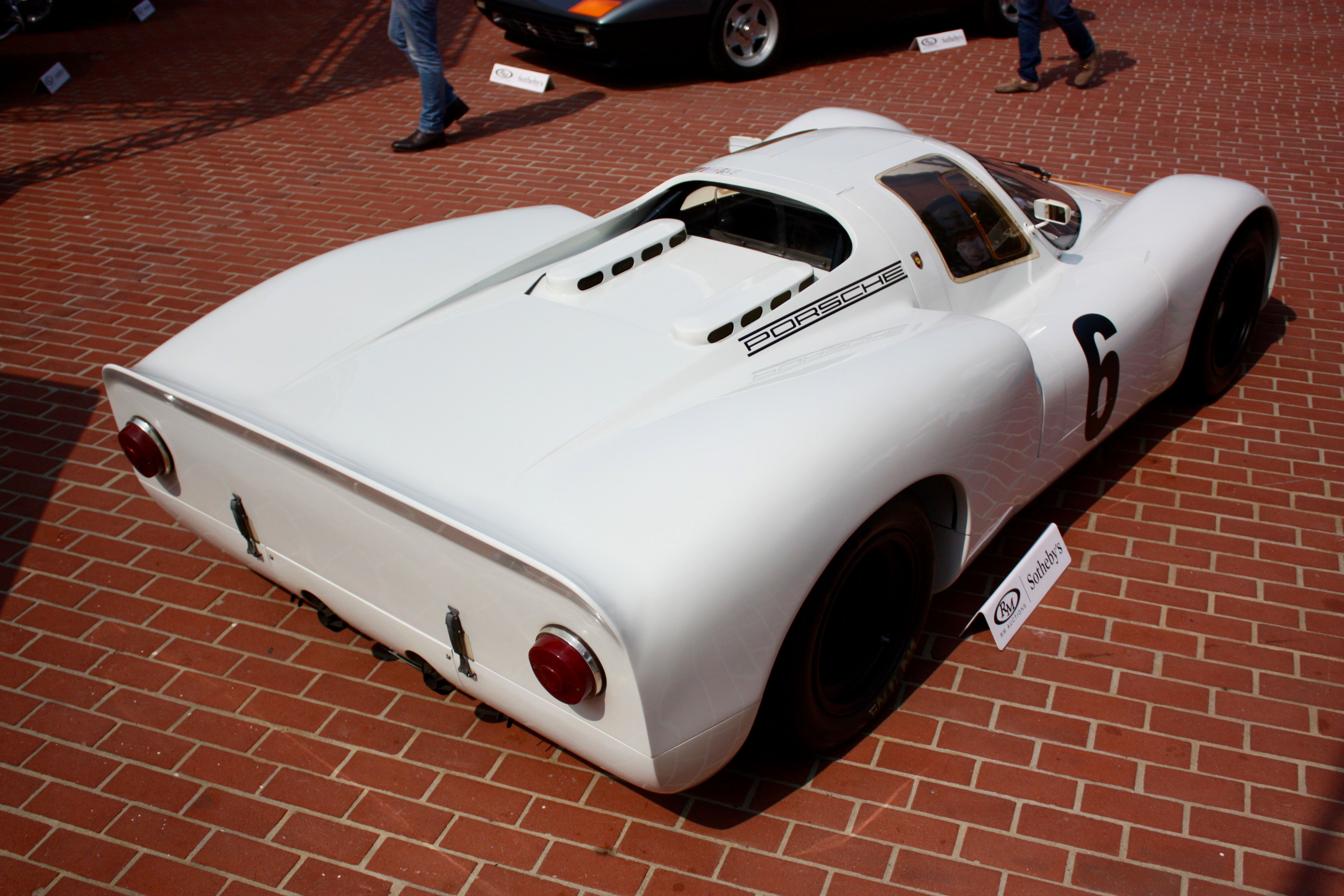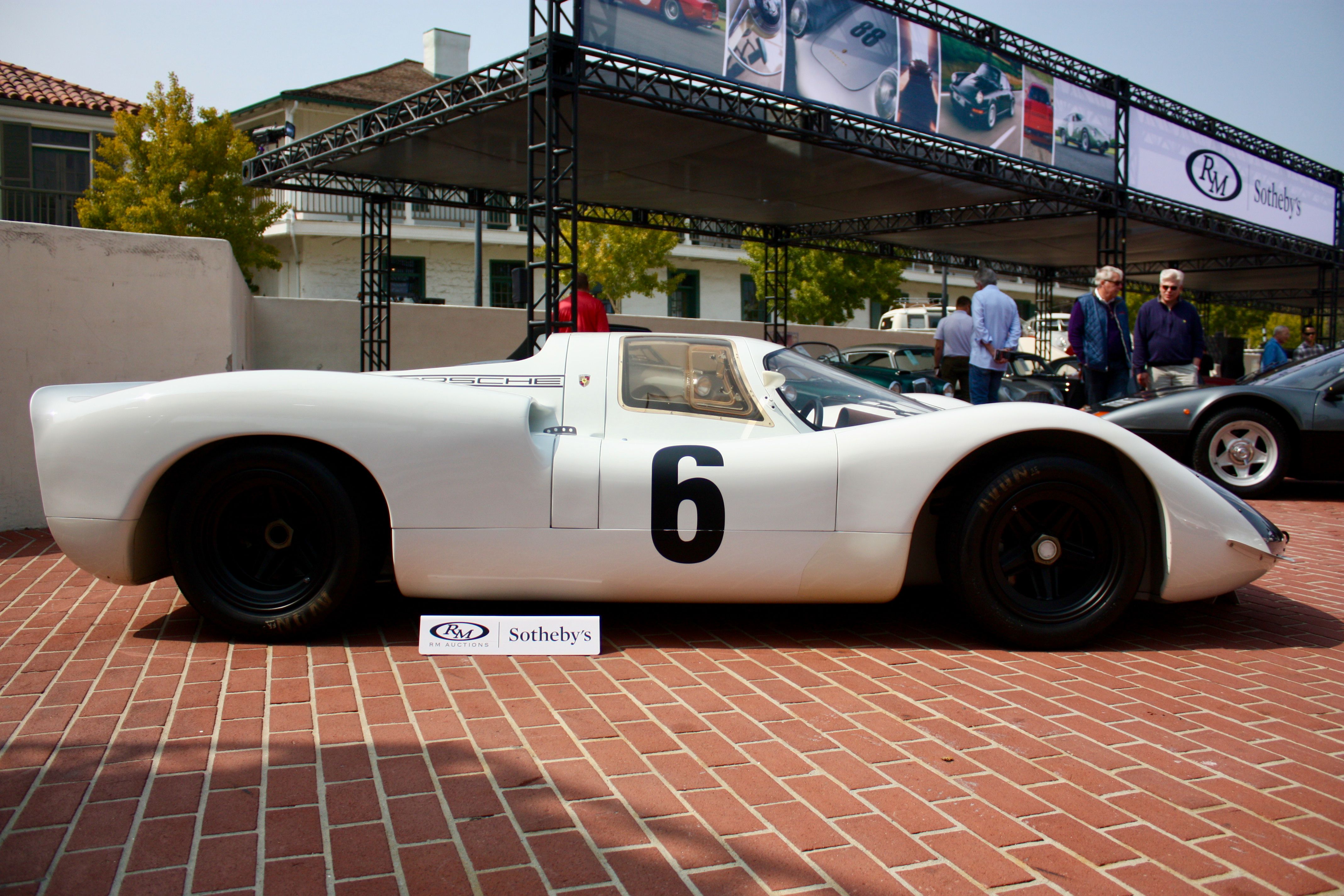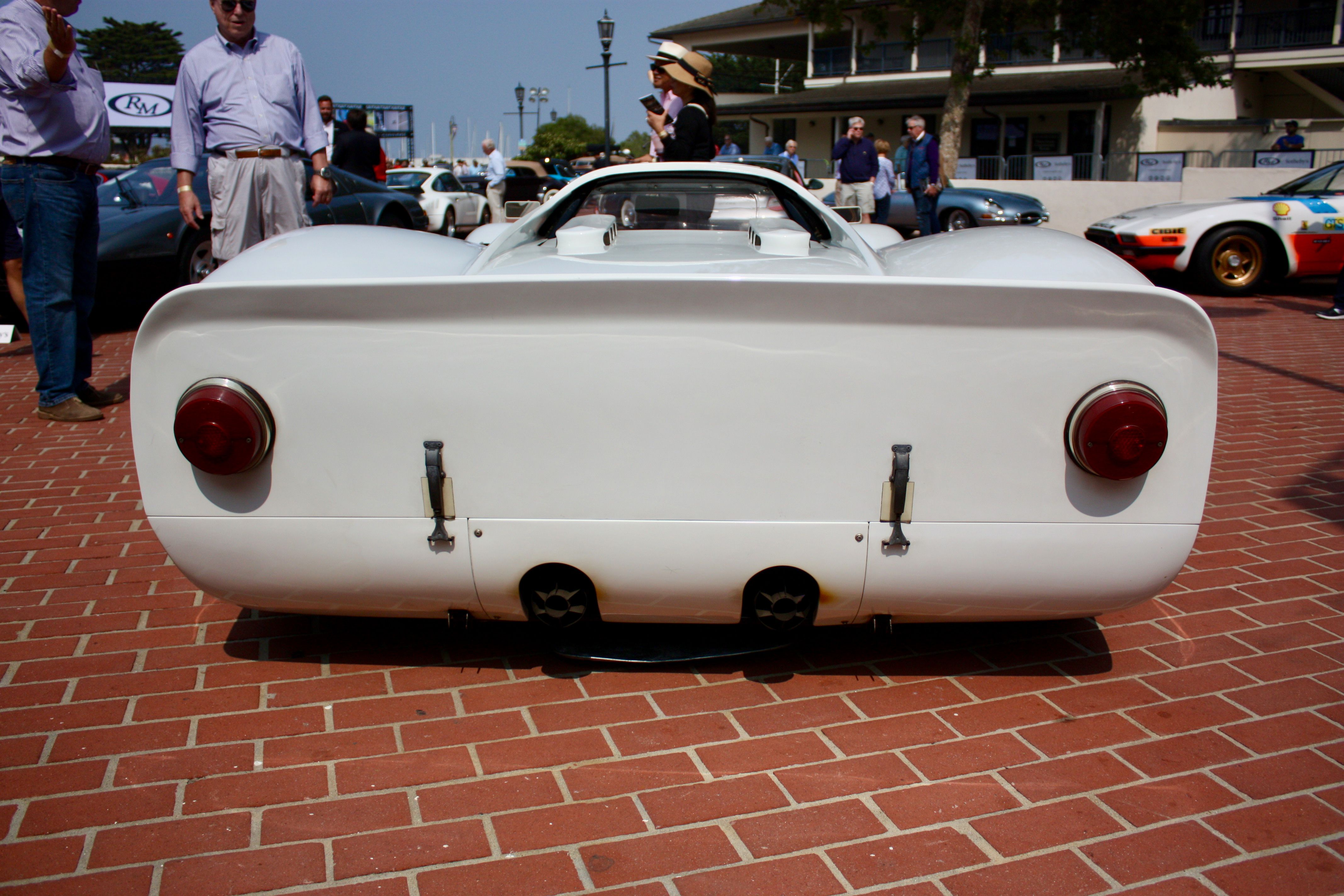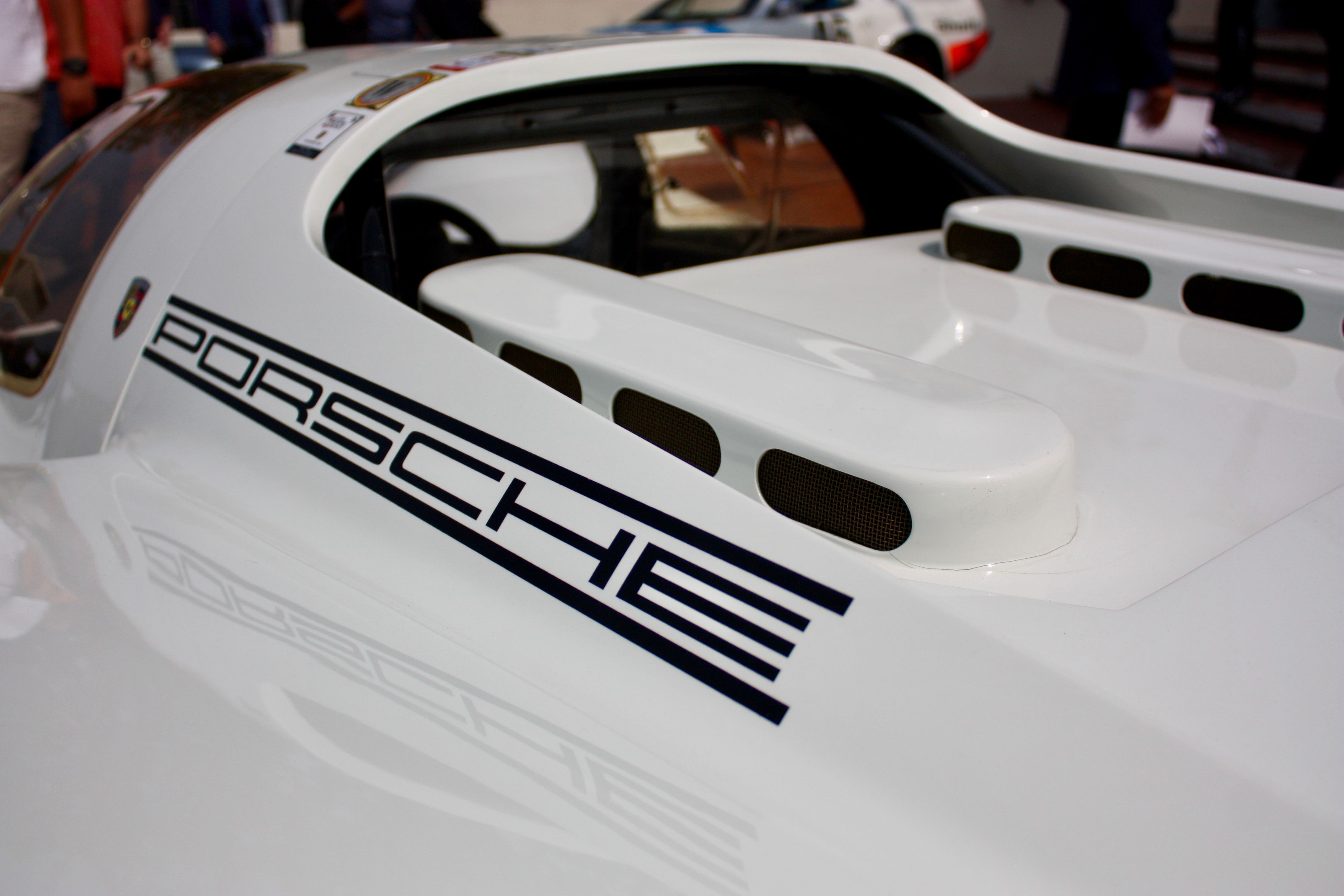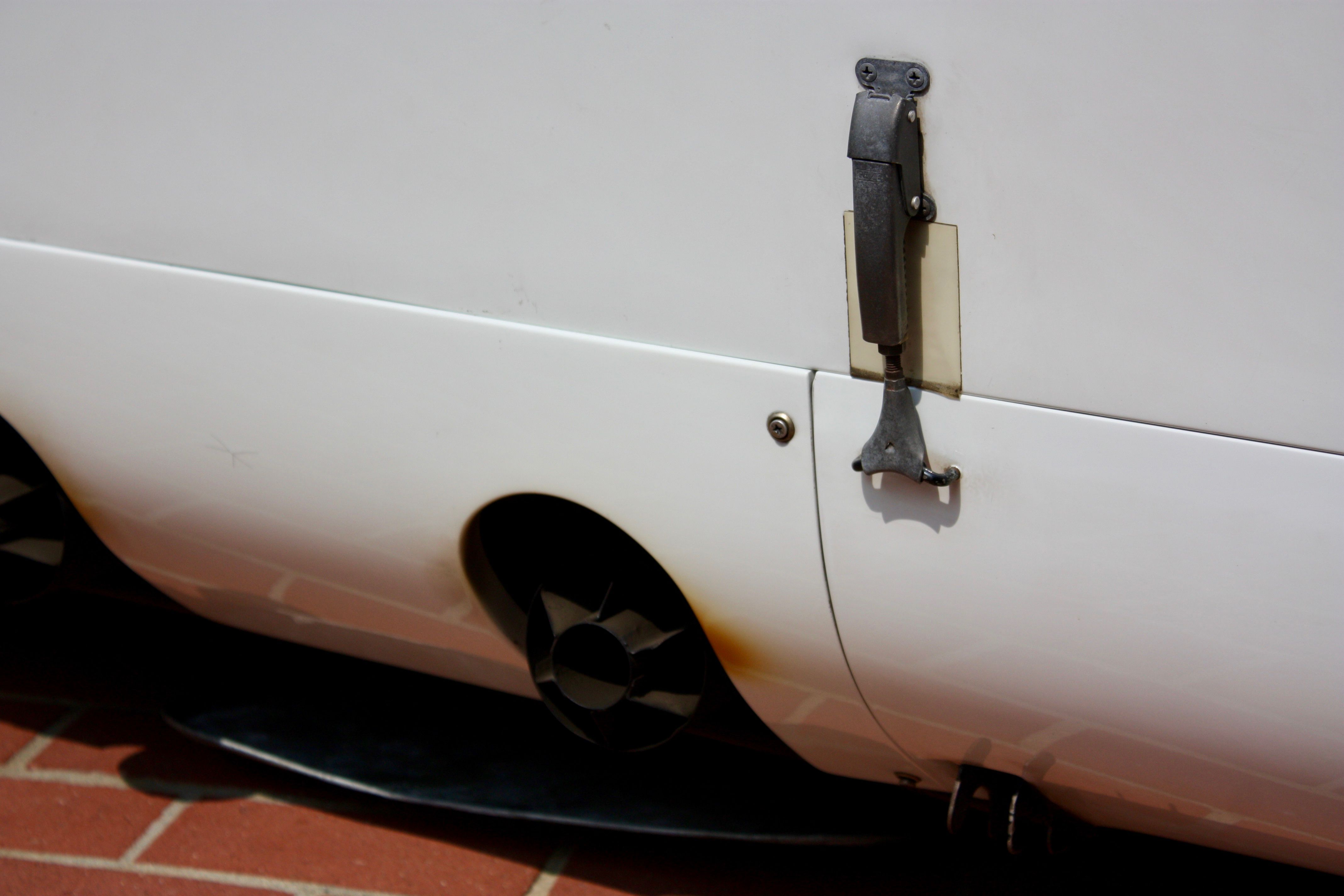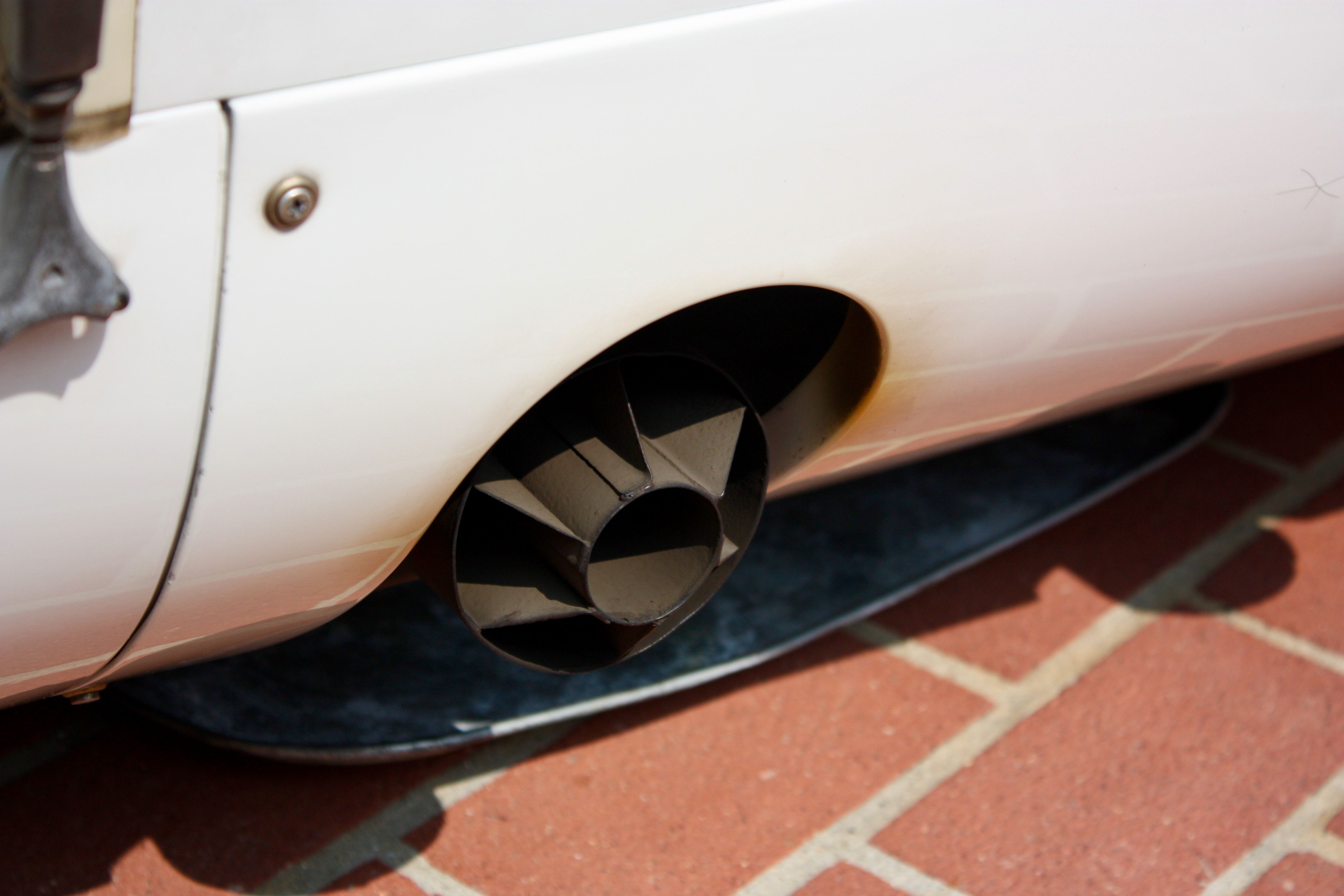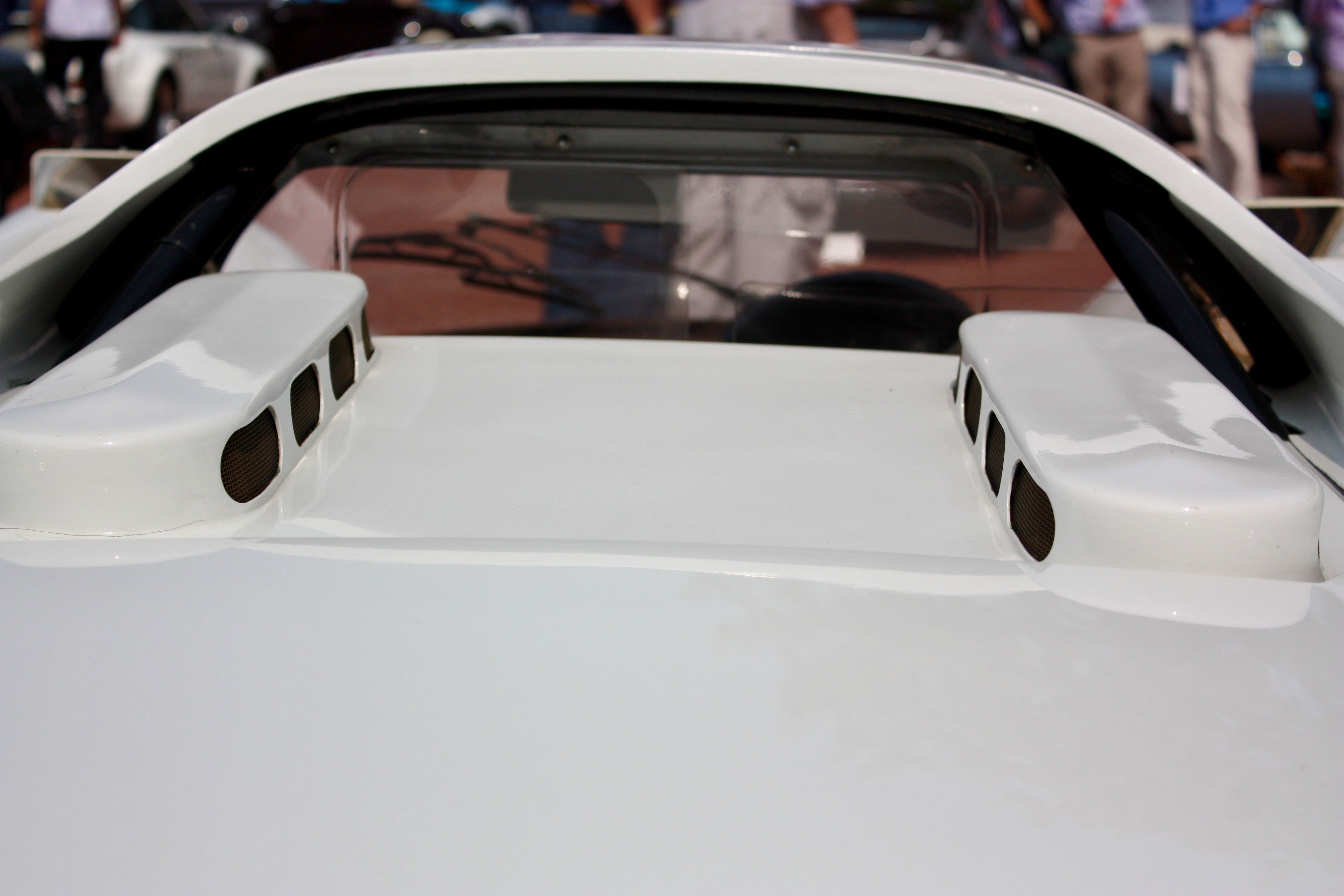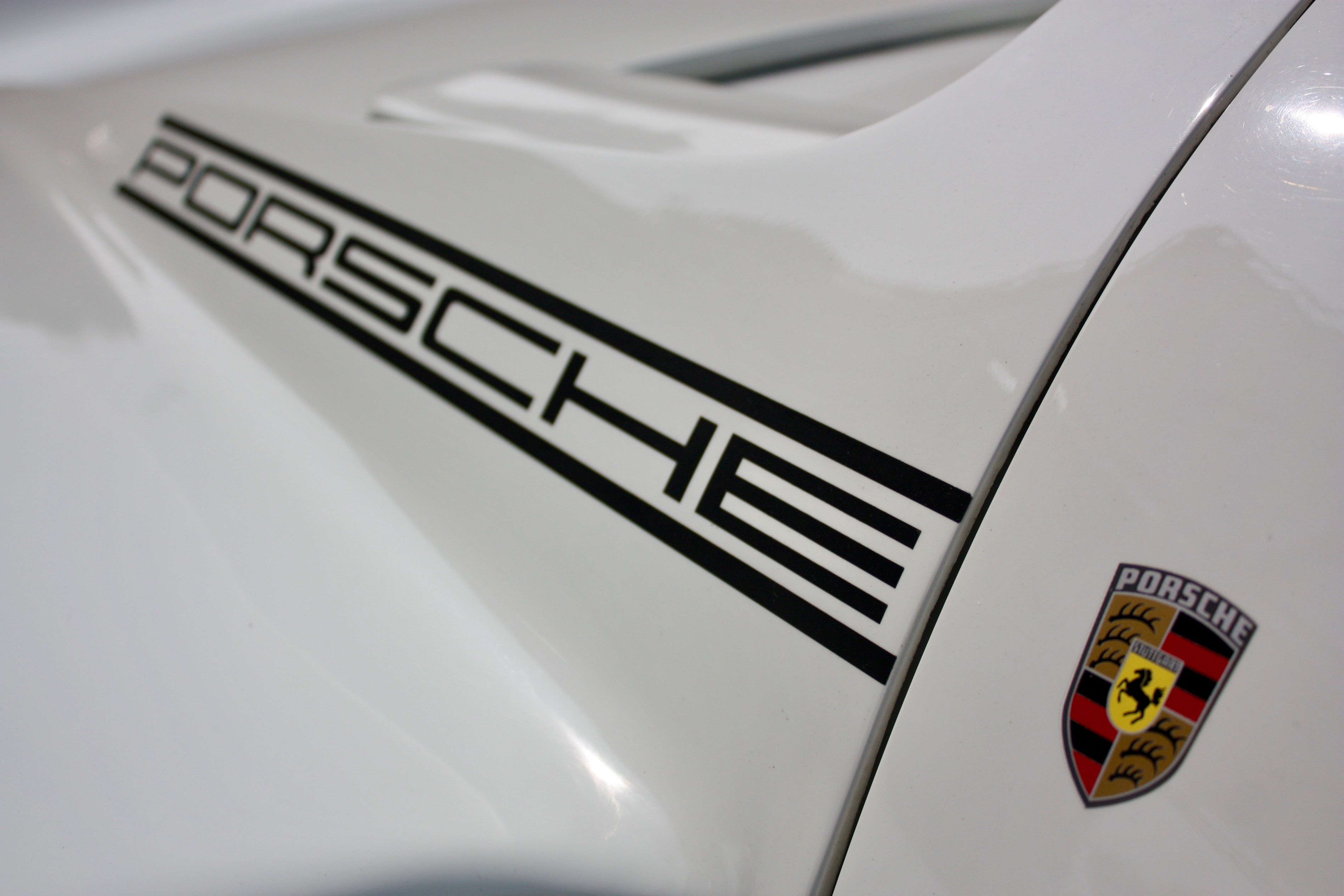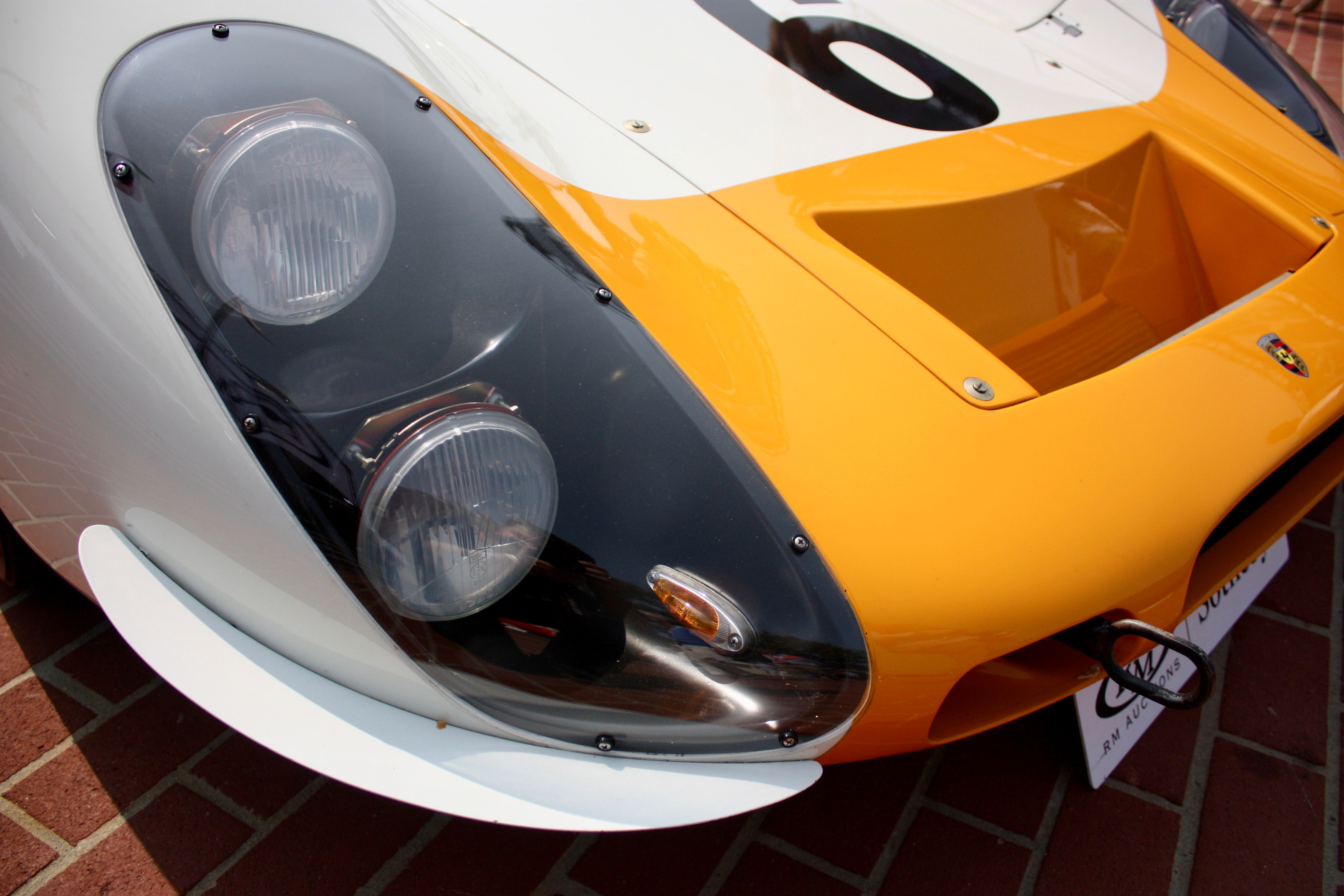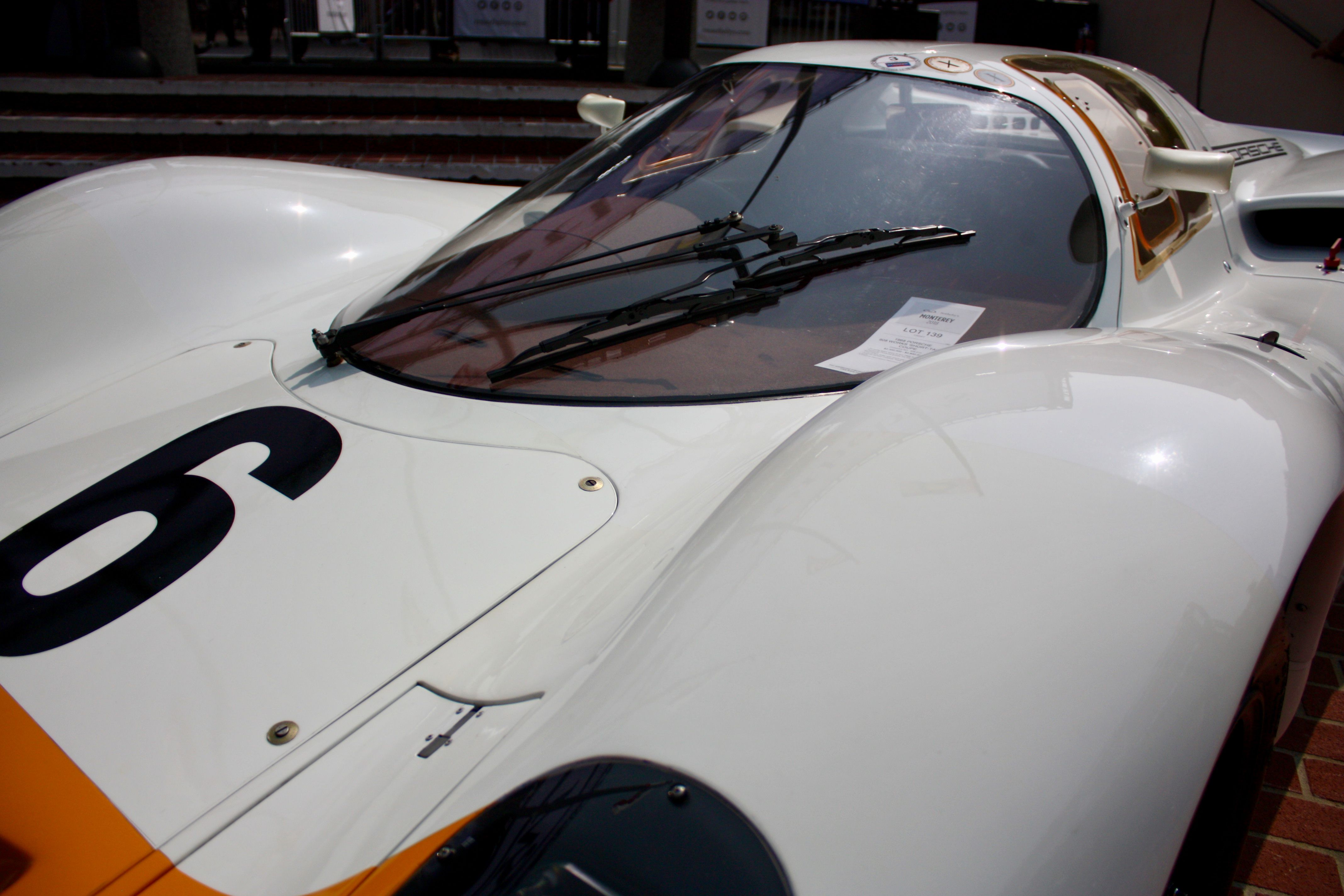The Porsche 908 is a prototype racer that competed in the mid- to late-‘60s and into the early-70’s, squaring off against some of the best of the best from the likes of Ferrari and Ford in numerous endurance racing events. Bearing an advanced aero package, an innovative flat-eight-cylinder engine, and a tenacious attitude, the 908 played a crucial part in Porsche’s racing development, and now sits as one of the more desirable collectible competition Porsches to go head to auction.
Continue reading to learn more about 1968 Porsche 908 Works Short-Tail Coupe..
1968 Porsche 908 Works Short-Tail Coupe
- Make: Array
- Model: 1968 Porsche 908 Works Short-Tail Coupe
- [do not use] Vehicle Model: Array
<
1968 Porsche 908 Works Short-Tail Coupe Exterior Styling
When it was first introduced in the late ‘60s, the 908 represented the pinnacle of Porsche’s ongoing aerodynamics development. It looked the part too, with Stuttgart creating both long-tail and short-tail variants over the years as it worked to create the most optimal approach to creating more stick at speed. What’s more, Porsche switched between a coupe and Spyder configuration throughout the 908’s lifecycle.
Up front, the 908 is swoopy and curvaceous, rising up in the sides with high-flying fenders and a broad, flat center section. The headlights reach upwards with the fender panels, while the front intake vents out through the top of the nose via a rectangular section cut out right behind it, which keeps the radiator nice and chilly at speed. Small canards underline the lower chin sections, directing the atmosphere up and along the sides of the car.
Viewed from the sides, the 908 places its low-slung cockpit in the middle of the machine, while the front fenders fall down into wide side sills. Behind the sills, the bodywork rises again into additional intakes, which feed into ducts that run towards the tail and into the mid-mounted powerplant. The doors hinge up and forward to ease ingress and egress over the large side sills, while the side windows follow the curves of the broad windshield section.
Viewed from the rear, the 908 is flat and wide, with a squared tail section and an upturned spoiler fin.
The whole thing was constructed from lightweight fiberglass, and this particular examples comes finished in its original white paint. The flanks also sport the original racing livery and numbers, with a big black “6” added to the sills right below the doors. Up front, there’s a yellow identification stripe to help this particular car stand out amongst its sister racer machines. Finally, this particular example includes a spare set of light-alloy center-lock wheels, plus the appropriate socket required to mount them.
1968 Porsche 908 Works Short-Tail Coupe Interior Design
Slide into the cockpit, and the 908 is all business. There’s bare fiber glass everywhere, while the dash is a simple set of metal tubes covered in anti-glare black material. The steering wheel is a three-spoke affair, while the gauge pod consists of a center-mounted tachometer and ancillary engine vitals. The seat is a fixed-back bucket, while a right-mounted lever executes the sequential shifting.
Speaking of drivers, this 908 comes with a noteworthy list of famous racing pilots, including the likes of Vic Elford and Jochen Neerspasch.
1968 Porsche 908 Works Short-Tail Coupe Drivetrain And Performance
The particular example you see here includes the original factory chassis, as well as the original 908 factory engine. As for numbers, the chassis carries the digits 908-010, while the engine numbers are 908-034 and the gearbox is number 015.
There’s also dry sump lubrication, twin ignition, and four cams, while the indirect fuel injection system comes from Bosch Kugelfischer. Routing the ponies to the rear wheels is a five-speed transaxle.
Essentially, the 908’s 3-liter is a larger evolution of the eight-cylinder mounted in the 907. Porsche developed the powerplant in response to an FIA rule change in 1967 that set the maximum engine displacement to 3,000 cc’s for the Group 6 Prototype Sports Car class, and with that in mind, Porsche developed the new eight-cylinder boxer engine specifically for the application. The 3.0-liter is also recognized as the first racing engine that Porsche developed to meet the maximum displacement limits of a certain racing class.
With the size increase came a substantial power increase as well. The previous 907 had only 2,200 cc’s from its flat-eight powerplant, and it produced just 270 horsepower, while the 908 steps it up with 350 horsepower at 8,500 rpm, plus 232 pound-feet of torque at 6,600 rpm.
As you might expect, the engine experienced a few problems when it was first introduced. For example, the design initially suffered from extreme vibrations, so as a fix, Porsche’s engineers decided to change the firing order by carrying over the 66 mm crankshaft used in the 907’s flat-eight.
As for the rest of it, the 908 tipped the scales at a scant 1,300 pounds, which was pretty low considering the amount of power on hand. Underneath the fiberglass body panels is a steel spaceframe chassis, which means the early 908’s were actually a bit heavier compared to the later models that swapped the steel for aluminum.
Lastly, this particular 908 comes equipped with a modern fuel cell, which was mounted in 2004 to keep it all safe while clipping off laps at all those vintage racing events.
1968 Porsche 908 Works Short-Tail Coupe Prices
The 908 you see here went up for sale as Lot 139 at the RM Sotheby’s event held during Monterey Car Week in 2018.
At the time, prices were estimated between $2.3 million and $2.8 million.
Those figures represent the car’s provenance and rarity, as Porsche produced just 31 examples of the 908 between 1968 and 1973. That includes the long-tail versions and the short-tail versions, plus the coupe and spyder versions as well. Indeed, one can glean much just by looking at each 908’s exterior, as the original 908 came with a closed-cockpit coupe design, while later versions (1969 and beyond, also known as the 908/2 and 908/03) were lighter open-tops.
1968 Porsche 908 Works Short-Tail Coupe Competition
Ford GT40
When it comes to a competitor for the Porsche 908, the original Ford GT40 is a surefire bet, both in terms of a contemporary racing competitor and in terms of a collectible at auction. First put into production in the mid-60’s, the GT40 was designed with one very clear goal in mind - to beat Ferrari at Le Mans. The Blue Oval achieved that goal in 1966, going on to dominate the event until 1969. In addition to bringing the heat to Ferrari, the GT40 also ran against the Porsche 908 on numerous occasions, laying the smackdown thanks to its larger, more powerful V-8 engine package, which could dole out as much as 440 ponies at the rear wheels via the onboard five-speed manual transmission. Nowadays, these legendary Fords can be found going up for auction at events like RM Sotheby’s Monterey sale, and although pricing varies wildly based on provenance and condition, there are several that can match (and even surpass) the 908’s estimated value.
Read our full review on the 1964 - 1969 Ford GT40.
Final Thoughts
Although the 908 wasn’t necessarily Porsche’s most successful racing model, its impact to the Stuttgart brand’s competition resumé is undeniable.
This particular example is certainly ideal for any Porsche collection, and its eligibility for vintage racing events makes it a standout amongst the various garage queens that seem to saturate this particular segment. It also makes a mean sound and goes like stink, and for that alone, it deserves our attention and respect.
Further Reading
Read our full review on the 1970 Porsche 908.
Read our full review on the 1969 - 1970 Porsche 908/02 Flunder Langheck (Long Tail).
The Story Behind The Car
Following the first 908’s introduction, Porsche brought out the more-evolved 908/2, which changed the formula thanks to a new open top and a lightweight aluminum chassis under the skin. In 1970, Porsche introduced a shorter version dubbed the 908/3, which played its part as the more nimble alternative to the more powerful, yet significantly heavier Porsche 917.
Unlike the 12-cylindered 917, the 908 made due with a flat-eight powerplant. Thanks to its low weight and advanced aero package, the 908 had a few successful outings at the track, including a win at the 1000 KM Nürburgring race in 1968. The 908 also raced as a factory team car in the 1968 Spa 1000 KM in Belgium. The particular example pictured here (908-010) is one of two 908’s entered in that event.
At the outset of the ’68 Spa 1000 KM, the Ford GT40 managed to jump out into the lead thanks to the talented driving of Jacky Ickx and Brian Redman, not to mention the superior top speed offered by the Ford’s aero and huge horsepower numbers.
Thankfully, the driver was safely extracted from the crashed Porsche and brought to hospital, where he recovered from a mild concussion. Meanwhile, the 908’s sister car managed to finish the race at third place overall.
Following its crash at Spa, 908-010 went back to the factory, and was subsequently disassembled and put into storage.
Some time later, the chassis and body were sold to a collector based out of Switzerland. Several decades passed, after which Dale Miller, a Porsche specialist working on behalf of Bill Ferran, found the body and chassis and brought them back to the U.S. for reassembly and restoration.
Corson began by restoring the original steel space frame chassis, first replacing the tubing damaged in the crash at Spa. Corson also managed to snag a factory-original 3.0-liter flat-eight engine, plus a 908 five-speed manual transaxle from the Vasek Polak estate, which combined to make the powertrain pretty much exactly as it was when the car was new.
Although parts of the body were obviously torn up and damaged, several of the fiberglass body panels were still more or less intact. As such, Corson replaced what was unsalvageable, while the rest was painted in the correct shade of factory white.
Upon completion of the restoration, the car went to Florida for the Rennsport Reunion at the Daytona International Speedway in 2004. There it was driven in a series of demonstration laps, after which it went on display. It was at this time that Elford and a number of other prominent Porsche racing drivers signed the underside of the rear engine cover.
In 2006, Cameron Healy bought the car and shipped it west. During this time, Rob Emory from Emory Motorsport in California, and Jeff Gamroth from Rothsport Racing in Oregon helped to keep the car in tip-top shape.
The car also snagged several awards over the years, including Best in Class at the 2016 Concours d’Elegance in Forest Grove, Oregon.
Thankfully, the car’s owners didn’t park it in some climate-controlled garage and let it sit. Rather, 908-010 has seen numerous stints in a variety of vintage racing events, including a spot in several runs of the Rolex Monterey Motorsports Reunion between 2007 and 2010, as well as the Rennsport Reunion event (II and III) in Daytona, and the Rennsport Reunion IV event at Laguna Seca. Up next, 908-010 is scheduled to take part in Rennsport VI at Laguna Seca later this month.

